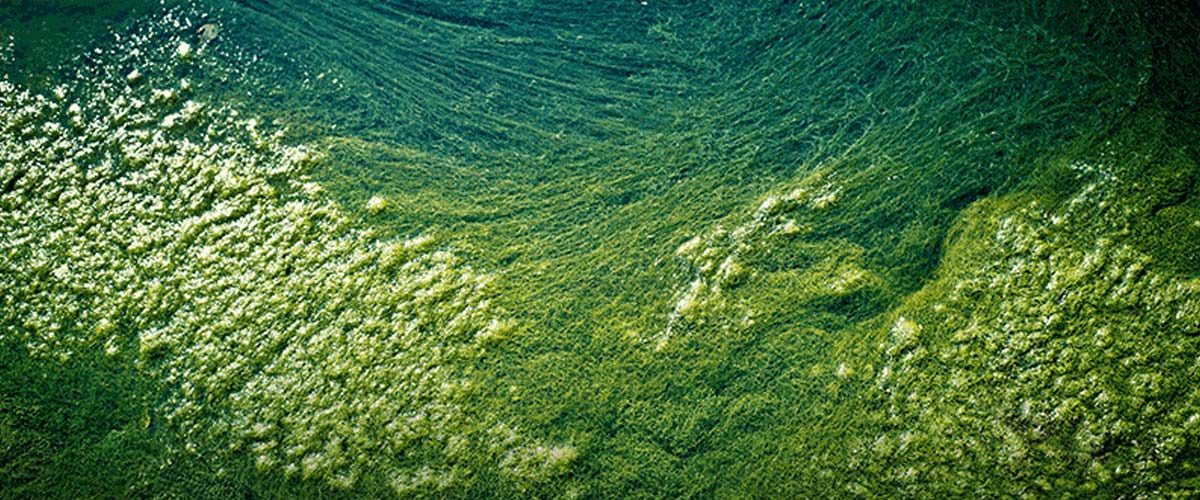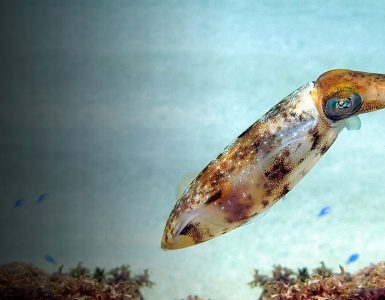To ward off the detrimental effects of free radicals, antioxidants are the most effective. Though many different foods like coffee and fruits are known to have antioxidants in them they some algal extracts are particularly rich in antioxidants. Eucheuma spinosum extract can now provide natural pure antioxidant compounds. This discovery is credited to the team of researchers at the Plant Taxonomy Laboratory, Department of Biology, Faculty of Mathematics and Natural Sciences, Padjadjaran University, Indonesia.
Functional food has been a trending research topic since it has lots of health benefits to offer because. of its complex matrices and presence of bioactive compounds, functional food has additional health benefits to offer, it is often used for disease prevention, treatment of degenerative disease, and against other metabolic disorders. Functional food can be consumed as a part of a regular diet due to its similarity in appearance to that of conventional food. They contain bioactive compounds in a relatively smaller amount since these compounds are regulatory, so even the slightest addition can make a huge difference in improving health, especially in chronic illnesses.

A new addition to the list of functional food is the algae, Eucheuma spinosum. It is potentially the most vital and abundant source of numerous biologically active metabolites, like flavonoids, alkaloids, saponins, tannins, etc. relative to other algae, some E. spinosum derivatives also possess antibacterial properties. Antioxidants are grouped into primary and secondary, based on their mechanism of action.
Trina EkawatiTallei and the team carried out a study to identify a new source of natural antioxidants from topical alga Eucheuma spinosum. The fresh alga extracts were analyzed for secondary metabolites compounds (like alkaloids, terpenoids, and flavonoids) through preliminary phytochemical screening. DPPH free radical test was used to assess the percentage of antioxidant activity. The structure determination of active pure compounds was done by spectroscopy. The free radicals used in this study were (2,2-diphenyl-1-picryl-hydrazyl-hydrate) DPPH and Super Oxide (SO) to analyze the antioxidants in algae because these free radicals are simple to use and reproduce.
They found that most of the compounds extracted from E. spinosum were attracted by polar solvent during phytochemical screening. This screening showed that all extracts of E. spinosum were abundant in tannin, also flavonoids, steroids, triterpenoids, and saponins were observed during screening, suggesting that this alga is a potent source of natural bioactive compounds.
Furthermore, the secondary metabolites found during the phytochemical analysis had antioxidant activities, for example, by increasing the concentration of E. spinosum extracts, superoxide dismutase free radicals reduced in number. Moreover, the data showed ethyl acetate extract was more powerful in hunting free radicals.
The bioactive compounds extracted from plant sources usually are in low concentration and require rapid assessment. The bioactive compound in E. spinosum is 3- (3-methoxyphenyl) propanal. There is evidence that this bioactive compound has antibacterial properties and has been used in the treatment of metabolic diseases like diabetes and Alzheimer’s. The use of extracts of E. spinosum in food products or its raw use can help in the prevention of certain diseases. Further studies are needed to explore its effect as an antidote against free radicals.
Keywords:
Free radical, functional food, antioxidant, metabolic disorders, bioactive compounds, Eucheuma spinosum, algae, DPPH, and Super Oxide.
















Add comment